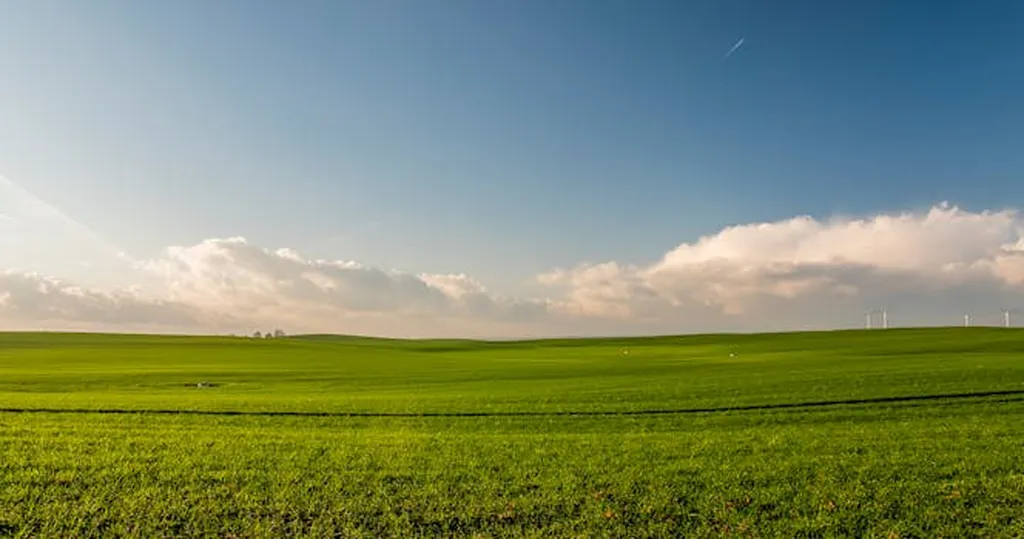In the quest to bolster precision agricultural management and safeguard global food security, researchers have turned to the power of high-resolution remote sensing imagery and advanced deep learning algorithms. A recent study published in *Remote Sensing* introduces a novel dual-branch framework that integrates the Segment Anything Model (SAM) with a semantically aware network (SAM-SANet) to enhance cropland extraction. This innovative approach addresses the challenges posed by the diverse morphological characteristics of croplands across different agricultural landscapes, offering a promising solution for farmers and agricultural stakeholders.
The study, led by Dujuan Zhang from the National Supercomputing Center in Zhengzhou at Zhengzhou University, highlights the limitations of existing deep learning methods in precise boundary localization. “The diverse shapes and sizes of croplands make it difficult for traditional models to accurately identify and extract cropland boundaries,” Zhang explains. To overcome these hurdles, the researchers developed a dual-branch framework that combines the strengths of SAM and a semantic segmentation network.
The SAM-SANet framework consists of two main branches: a semantically aware branch that identifies cropland areas and a boundary-constrained SAM branch that focuses on boundary information. “By integrating these two branches, we can achieve more accurate and detailed cropland extraction,” Zhang notes. The framework also includes a boundary-aware feature fusion module and a prompt generation and selection module, which enhance boundary representation and generate relevant prompts for better performance.
To validate the effectiveness of SAM-SANet, the researchers constructed three cropland datasets: GID-CD, JY-CD, and QX-CD. The experimental results demonstrated impressive performance, with mIoU scores ranging from 71.39% to 91.17% and mF1 scores from 82.21% to 95.35%. Comparative experiments with mainstream semantic segmentation models further confirmed the superior performance of SAM-SANet in high-resolution cropland extraction.
The implications of this research for the agriculture sector are significant. Accurate spatial information of cropland is crucial for precision agricultural management, enabling farmers to optimize resource allocation, improve crop yields, and enhance sustainability. “This technology can help farmers make data-driven decisions, ultimately leading to more efficient and productive agricultural practices,” Zhang says.
Moreover, the integration of SAM and semantic segmentation networks opens up new possibilities for future developments in the field. As Zhang points out, “The dual-branch framework can be adapted and applied to other remote sensing tasks, such as land cover classification and urban planning.” This versatility underscores the potential of SAM-SANet to revolutionize various aspects of agricultural and environmental management.
In conclusion, the study by Zhang and colleagues represents a significant advancement in the field of high-resolution cropland extraction. By leveraging the power of deep learning and remote sensing imagery, the SAM-SANet framework offers a robust solution for precision agricultural management, with far-reaching implications for the agriculture sector and beyond. As the technology continues to evolve, it is poised to play a pivotal role in shaping the future of sustainable agriculture.

